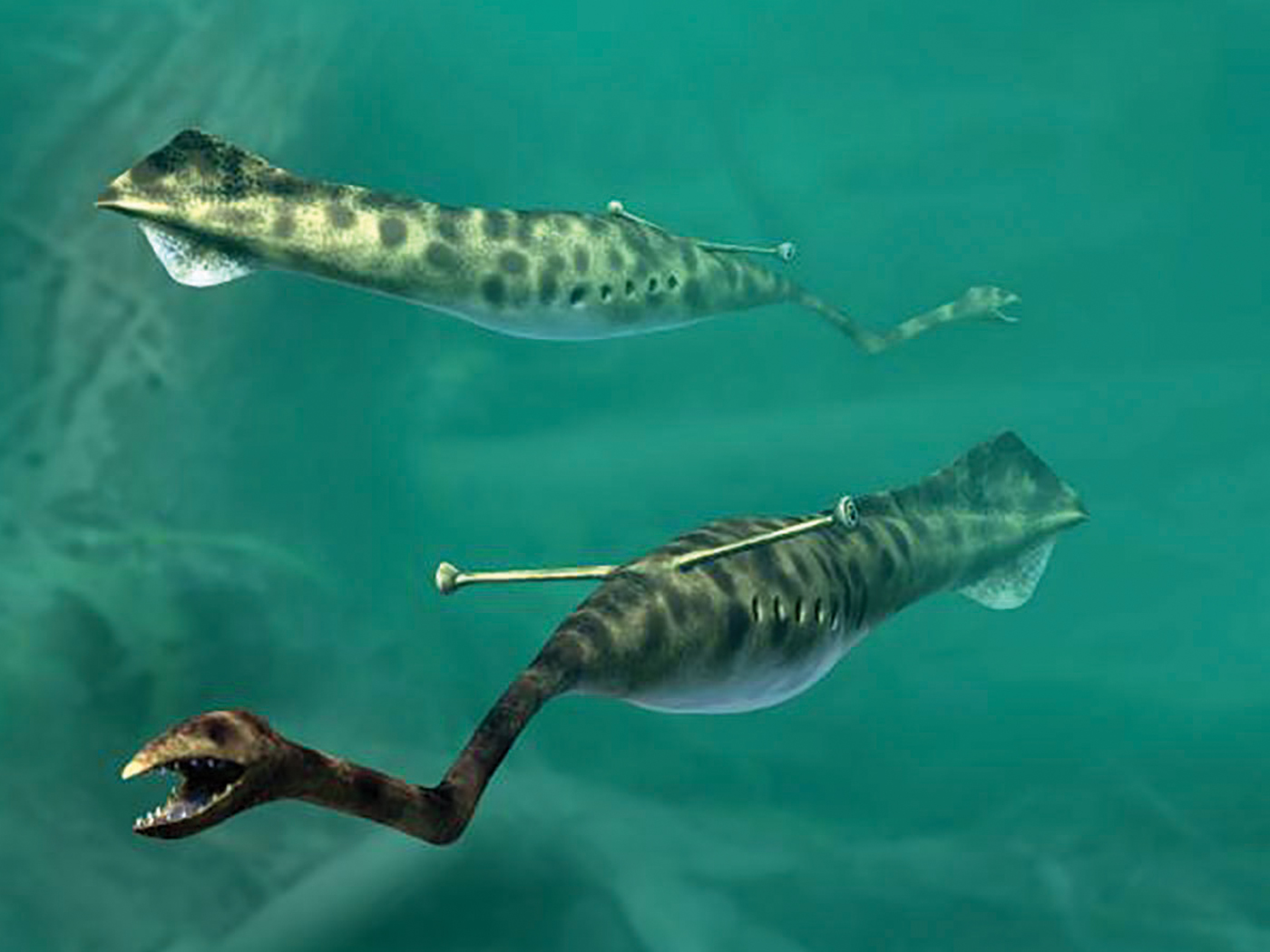A number of secular science reports have been supporting the creationist position. For example, a 2003 report in Science1 shows the famous "origin of life" experiment in Chicago in the early 1950s to be suspect. Authors Bada and Lazcano give a glowing review of Miller's experiment, but they also note some problems. Other evolutionists are not at all certain of Miller's work, and for good scientific reasons —
The difficulties start to become clear when we look to see what building blocks were actually formed in the course of the simulation experiments of Miller and others. Robert Shapiro, professor of chemistry at New York University, pointed out in his 1988 book, Origins, that, contrary to what is sometimes stated, there was no synthesis of nucleotides and, indeed, only two of the component bases (adenine and guanine) were produced to any significant extent. Also, only two of the required 20 amino acids were formed in appreciable amounts, which was reduced to one when the experiment was repeated later with a less reducing atmosphere, reflecting changing views about the primeval Earth.2
A "reducing environment" is an atmosphere rich in the element hydrogen. For decades secular science classes taught the "early earth" had this hydrogen-rich environment, without any scientific support. Evolutionists had no choice but to hold Miller's experiment in high esteem because without it, how does the secularist explain our origin? They certainly wouldn't consider The Alternative! Fortunately, some Darwinists have been seeing that an ancient reducing atmosphere was theorized only because evolutionism demanded it.
But is the "prebiotic soup" theory a reasonable explanation for the emergence of life? Contemporary geoscientists tend to doubt that the primitive atmosphere had the highly reducing composition used by Miller in 1953.3
Recently, many evolutionists have been throwing out the "warm little pond" idea of Darwin in favor of something extreme — life arising in scorching heat, since bacteria have been found in places such as hot springs and deep sea thermal vents. Evolutionists have formulated a new biological domain (a taxonomic classification) called Archaea, to contain these unique and robust bacteria — our supposed ancestors. They have a bizarre metabolism and an even stranger "diet" of sulphur and hydrogen sulphide. But how did life arise from nonlife? The atheist must start with a sterile planet composed only of rock and water, heated by sterilizing radioactivity from below and sterilizing ultraviolet radiation from above, and blasted by volcanic activity and massive lightning strikes on the surface — hardly conditions for the spontaneous formation of that delicate entity called life. Like all macroevolutionary hypotheses, the alleged evolutionary ancestry of this unique domain called Archaea and other life forms is both controversial and uncertain, "Both the origin of life and the origin of major groups of animals remain unknown."4
_____________________________
1. Bada & Lazcano, Prebiotic Soup, Science, May 2, 2003, pp. 745_46.
2. Palmer, Controversy—Catastrophism & Evolution, Kluwer, 1999, p. 266.
3. Bada & Lazcano, p. 746.
4. Fisher, Grolier Multimedia Encyclopedia, 2003 (fossil section).










